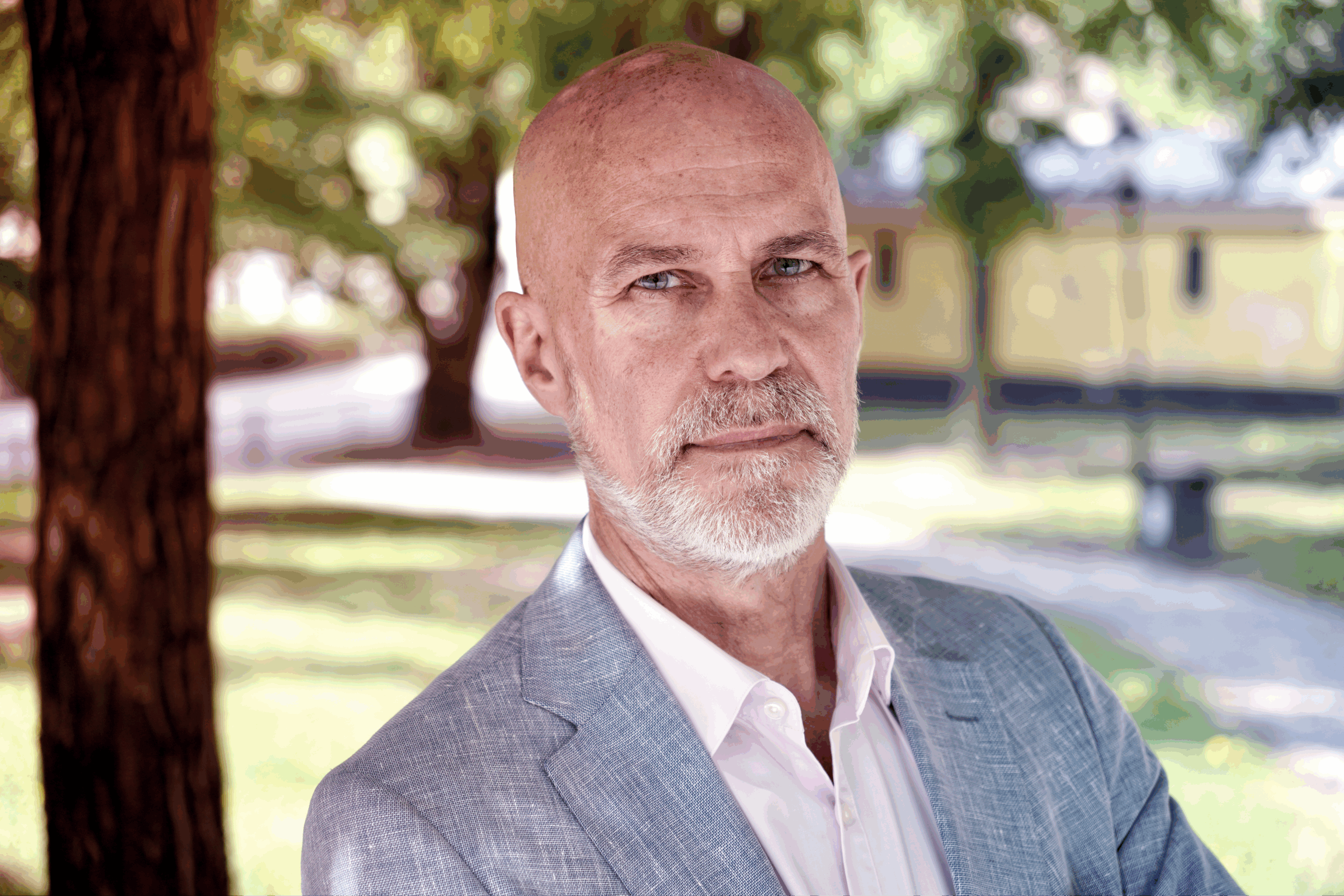5 steps to a future-proof workplace that attracts the next generation of talent
31 May 2025
4 min
5 steps to a future-proof workplace that attracts the next generation of talent
Today, it is no longer the organization that mainly chooses its employees. It is equally the employees who choose the organization they want to work in. In many ways, the next generation of talent has different expectations than previous generations. And they are looking for more than salary and title. They are looking for meaning in their work, flexibility, development and an organization they want to be part of.
At the same time, many employers are facing skills shortages, generational shifts and an increased need for innovation and adaptability. Future-proofing is therefore not just about the right technology or strategy, but about creating a work environment where people can contribute, grow and therefore stay.
In this article, we take a closer look at 5 steps to future-proof the workplace with a particular focus on attracting, engaging and retaining the next generation of talent.
Why this is business-critical
Several studies show that organizations that don’t adapt their workplace culture, leadership and working models risk becoming irrelevant to the workforce of the future. Deloitte’s Global Gen Z Millennial Survey shows that younger employees place a high priority on purpose, life balance, learning and inclusion.
The World Economic Forum’s Future of Jobs Report shows that over 92 million jobs could be lost, while 170 million new jobs could be created as a result of automation and digitalisation by 2030. Securing the right skills and creating an attractive workplace will therefore be both a matter of survival and an opportunity for success.
Those organizations that recognize that it is not a generational issue, but a challenge in time, will position themselves more strongly for the future.
Challenges and opportunities in attracting talent
Attracting and retaining the next generation of talent requires new strategies and approaches. Here are some of the key factors to consider:
1. New values require new offers
The next generation of employees (Gen Z and Millennials) are driven by different values than previous generations in that they want to contribute to what they perceive as meaningful, they want to have influence over their time and develop continuously. Traditional career ladders and control-oriented cultures are perceived as outdated.
2. flexibility is a hygiene factor and not a privilege
The pandemic has cemented new norms around remote work and hybrid models. Employers who require physical presence without clear justification are perceived as outdated by many Gen Z and Millennials, especially by young talent with strong digital skills.
3. HR and leadership need to be aligned
Many organizations have a vision of being future ready, but the reality does not always live up to that vision. The reasons why this is lacking in some organizations is that there is no consensus between HR, line managers and management on what is required to attract new generations. The result is ambiguity and a loss of attractiveness.
4. inclusion is more than diversity
Younger employees want to feel seen, heard and included, and that’s why values or policy documents are not enough. They are looking for authentic work environments where diversity is valued and where it is safe to be yourself.
Five steps to a future-proof workplace
But what makes a talented younger generation choose a specific organization and stay when others offer higher pay, more freedom or more influence? And how do you build a workplace that is relevant, meaningful and attractive even in five or ten years’ time?
There are no universal answers, but there are clear patterns in what the next generation of employees want and what organizations that succeed in attracting them have in common. Here are five steps to consider when future-proofing the workplace with concrete actions that strengthen attractiveness and long-term competitiveness.
1. define and live the organization’s purpose
Younger generations are looking for employers with clear values and a purpose that feels honest and meaningful. And while sustainability or social responsibility are important aspects they look for, it is fundamentally about being able to feel pride, identify and stand behind the organization’s raison d’être. Therefore, employers need to clarify why the organization exists and what it wants to contribute to society.
Concrete measures to make this possible are:
- Formulate an engaging purpose together with employees.
- Clearly show how each role contributes to the whole.
- Highlight real examples of values in action.
2. designing flexible working models based on trust
Flexibility is a key factor for the workplace of the future. For the next generation of talent, it is therefore not just about where you work, but how, when and with whom. At the same time, it requires a high degree of trust and clarity of expectations to be attractive.
Concrete measures to make this possible are:
- Offer hybrid approaches and personalized solutions where possible.
- Train managers to lead remotely, focusing on results and relationships rather than control.
- Build in feedback and reflection procedures to ensure continuous development.
3. creating a learning and development culture
For the employees of the future, development is not a sideline, it is expected. Staying in an organization where you feel stagnant is not an option for the next generation of talent.
Concrete measures to make this possible are:
- Make learning an integral part of everyday life and not just something that happens in specific training courses.
- Offer mentoring, knowledge sharing and digital microlearning initiatives.
- Clarify opportunities for career change and skills development internally.
4. embedding an inclusive culture
It is not enough to say that you are inclusive. For the next generation of talent, it needs to be reflected in decisions, behaviors and structures. In other words, it’s about creating a work environment where every employee feels that their perspective matters and can be heard.
Concrete measures to make this possible are:
- Conduct regular pulse surveys on inclusion, belonging and safety.
- Highlight different stories in internal communications, so that more people can reflect.
- Involve young employees in decision-making processes, development initiatives and strategy issues.
5. Develop management for these new expectations
Traditional leadership, where the manager holds the answers and controls the work, rarely attracts the next generation of employees. Rather, they are looking for present, coaching and transparent leaders.
Concrete measures to make this possible are:
- Invest in leadership programs that focus on self-leadership, empathy and communication.
- Encourage managers to be role models for learning and transparency.
- Create structures for employee involvement and shared responsibility.
Attracting talent starts from within
Attracting and retaining the next generation of talent is not about adapting to appear modern. It’s about building a workplace that is genuinely relevant, human and future-oriented. So this goes beyond employer branding because it starts in the culture, in the leadership and in the daily work environment.
Organizations that take this seriously have a lot to gain because they not only gain access to a broader and more engaged talent base, they also build long-term innovation capacity, resilience and societal relevance. In a world where change is constant, the biggest competitive advantage will not be the product but the people who develop it.
Want to discover more
Book a demo of Heartpace here!
Discover more articles
Vill du få rykande färskt innehåll
om HR?
Prenumerera på våra blogginlägg, nyheter och webbinarier här. Vi lovar att inte översvämma din inkorg med e-post, och vi kommer aldrig någonsin dela din e-postadress med någon annan!







